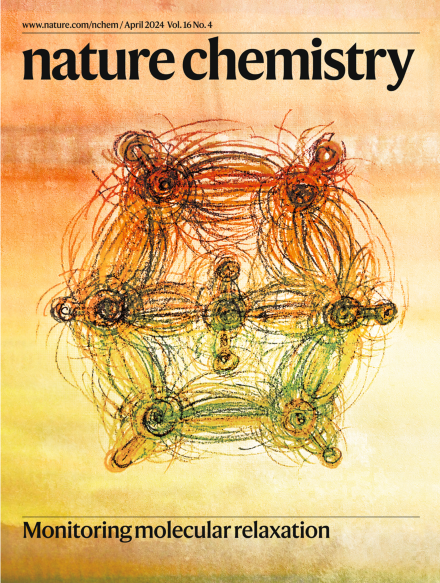
Read our April issue
This month, a Perspective on improving data management in scientific publications, the usual mix of Articles and News and Views, and an In Your Element on serotonin, the ‘happy hormone’

This month, a Perspective on improving data management in scientific publications, the usual mix of Articles and News and Views, and an In Your Element on serotonin, the ‘happy hormone’


Chlorine-containing waste streams pose potential risks to human health and the environment, so their remediation represents a significant challenge. Now, chlorinated wastes have been successfully repurposed as chlorinating reagents for use in the preparation of organic chemicals and pharmaceutical ingredients.